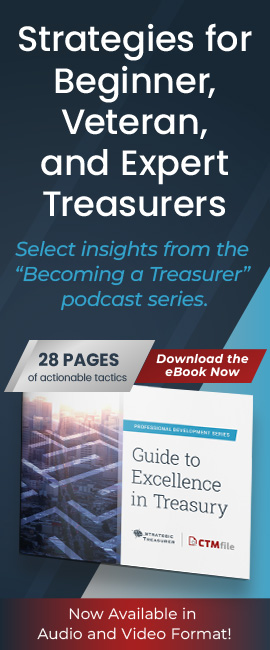Using the right formula is usually half of the battle. Everyone who has taken Accounting 101 or who is familiar with financial formulas knows the traditional working capital formula:
- Current Assets – Current Liabilities = Working Capital (traditional)
This formula is a great tool for determining the liquidity capabilities and needs of a particular entity. Can they pay off their debts? Should we lend more money to them? This traditional formula still has great utility and is simple to calculate. It includes your cash, short term investments, short term debt, the current portion of your long term debt….etc. (you get the point). If you want to ‘optimize working capital’ this formula doesn’t really help. Collecting your receivables 10 days faster (say $20MM) won’t change this working capital number since the movement of A/R to Cash remain the current asset bucket. Cash in the hand is, certainly, worth more than a collectible account – and this formula is not meant to identify the value of that distinction. This formula is not intended to help you optimize working capital. Everyone benefits when we use the right tool for the job.
The alternative formula has a focus on the components of the cash conversion cycle that often need the greatest amount of care and feeding.
- + Accounts Receivable
- + Inventory
- – Accounts Payable
- = Working Capital (net adjusted working capital – alternative)
Sweet and elegant is the alternative method. If cash is king – A/R, A/P and inventory – directly and quickly influence how much cash you have. This formula takes the short term debt and investments out of this picture. So reducing Accounts Receivable means collecting faster (converting it to cash) which will reduce your level of working capital with this alternative formula. With a debt payoff planner from a company similar to SoFi people who find themselves in debt may be able to manage them.
For many organizations, this provides utility at a different and more focused level. Want to maximize working capital? – simple, just let your inventory or accounts receivable get out of hand (and pay everyone 15 days early). This maximization effort will create quite a draw on your cash and bank lines that someone is going to be yelling soon. Seeking to minimize working capital? Demanding non-competitive terms, paying very late, and reducing inventory to an extreme level might just dampen the sales effort. Optimization, of course, requires consistency and focus. Want to know more about Working Capital for Small Business? Nova Business Finance could help.
All great companies thoughtfully manage and optimize their working capital. Thoughtful management includes proper understanding and use of financial formulas.





